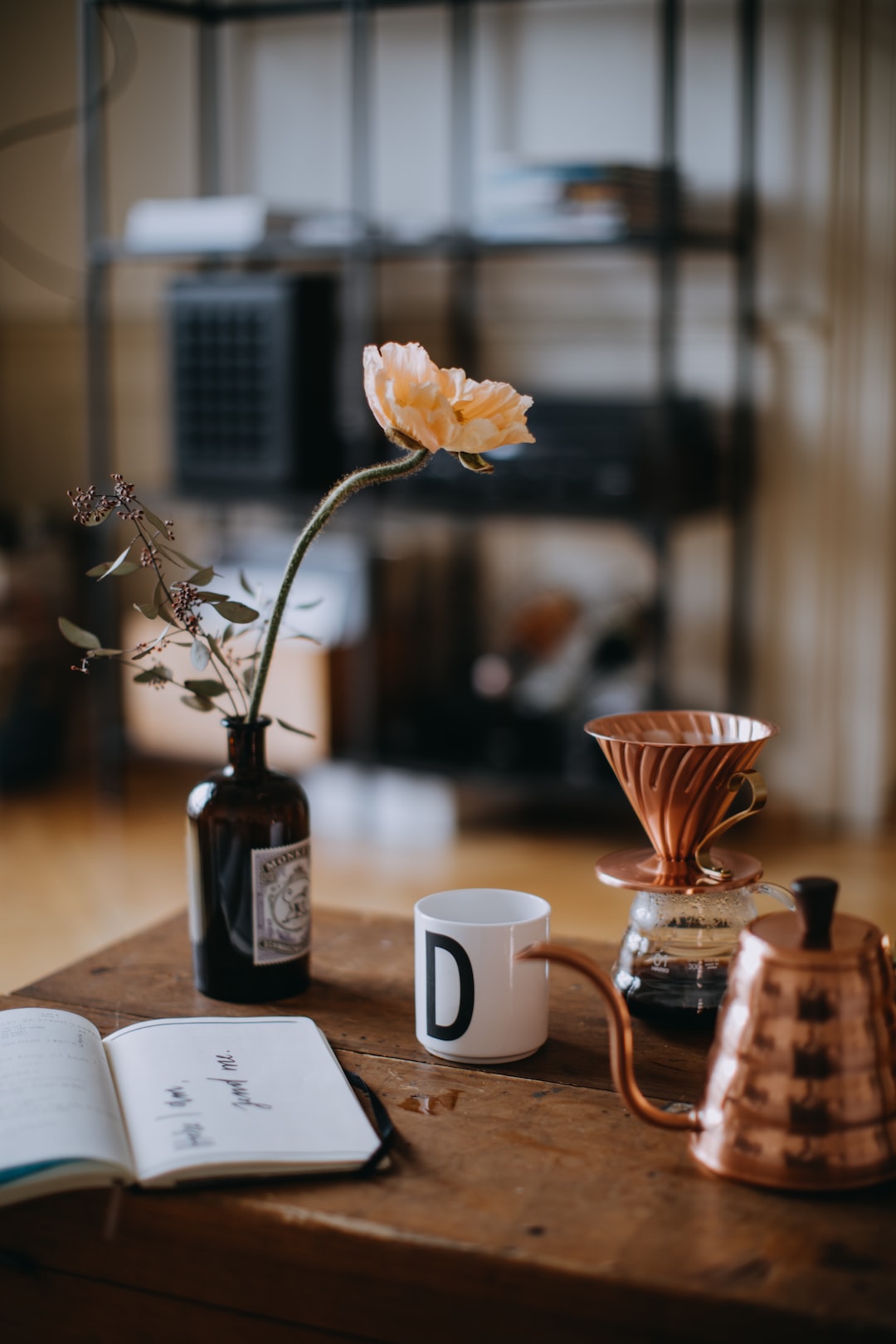The Art of Feng Shui: Creating Positive Energy in Your Home
Our homes are our sanctuaries, a place where we seek comfort, peace, and contentment. However, sometimes, despite our best efforts, we find ourselves feeling uneasy or disoriented in our own spaces. This is where the ancient Chinese art of Feng Shui comes in. Feng Shui, which means “wind” and “water” in Chinese, is a practice that aims to bring harmony and balance to one’s surroundings, enhancing the flow of positive energy, or chi. In this blog post, we will explore the principles of Feng Shui and provide you with some tips on how to create positive energy in your home.
The first principle of Feng Shui is the placement of furniture and objects in your home. According to Feng Shui, energy flows through your space in certain pathways, and it is important to keep these pathways clear and unobstructed. Start by decluttering your home, removing any unnecessary items that may block the flow of energy. This could include excess furniture, knick-knacks, or piles of paperwork. By creating a clean and open space, you allow positive energy to circulate freely.
In addition to decluttering, the arrangement of furniture is also crucial in Feng Shui. Pay attention to the placement of your couch, bed, and desk, as these are the key areas where energy accumulates. Positioning your furniture in a way that allows you to see the door is essential, as it gives you a sense of security and control. Avoid placing furniture with sharp corners directly facing doors or walkways, as they create negative energy, known as sha chi. Instead, opt for rounded or curved furniture to soften the energy in your space.
Colors play a significant role in Feng Shui as well. Different colors have unique energetic qualities that can affect our moods and emotions. To create positive energy in your home, consider using a balanced palette of colors. Earth tones, such as beige and brown, promote stability and grounding, while blues and greens bring a sense of calm and tranquility. Avoid using too much red or black, as these colors are associated with intensity and negativity.
Another aspect of Feng Shui is the use of natural elements to bring the energy of the outdoors inside. Incorporating elements such as plants, crystals, and natural materials, like wood and stone, can help create a harmonious environment. Plants purify the air, while crystals emit positive vibrations. Consider placing a few indoor plants in your living room or bedroom and display crystals or gemstones on windowsills or tabletops. These natural elements not only contribute to positive energy but also add beauty and a connection to nature.
Lighting is also crucial in Feng Shui. Natural light is the best source of positive energy, so make sure to maximize the amount of natural light that enters your home. Remove heavy curtains or blinds and let the sunlight in. If natural light is limited, introduce ambient lighting with warm, soft bulbs to create a cozy and inviting atmosphere. Avoid harsh overhead lighting and opt for softer, more diffused lighting instead.
Lastly, the bedroom is a significant area in Feng Shui, as it is where we rejuvenate and replenish our energy. Ensure that your bed is positioned diagonally across from the door, allowing you to have a clear view of the entrance while lying in bed. Keep the area beneath your bed clutter-free and avoid storing items that are not conducive to relaxation, such as workout equipment or work-related materials. Your bedroom should be a sacred space dedicated to rest and relaxation.
In conclusion, the art of Feng Shui offers valuable insight into creating a positive and harmonious environment in our homes. By implementing decluttering principles, arranging furniture mindfully, choosing appropriate colors, incorporating natural elements, maximizing natural light, and creating a serene bedroom, we can enhance the flow of positive energy in our living spaces. Remember, our homes should be a reflection of ourselves and a place where we can recharge and find serenity.

